If I could turn back time: Is your vintage timepiece the real deal? Yes — if you buy it directly from this watch brand
IWC's new Curated collection takes the hassle out of vintage watch buying.
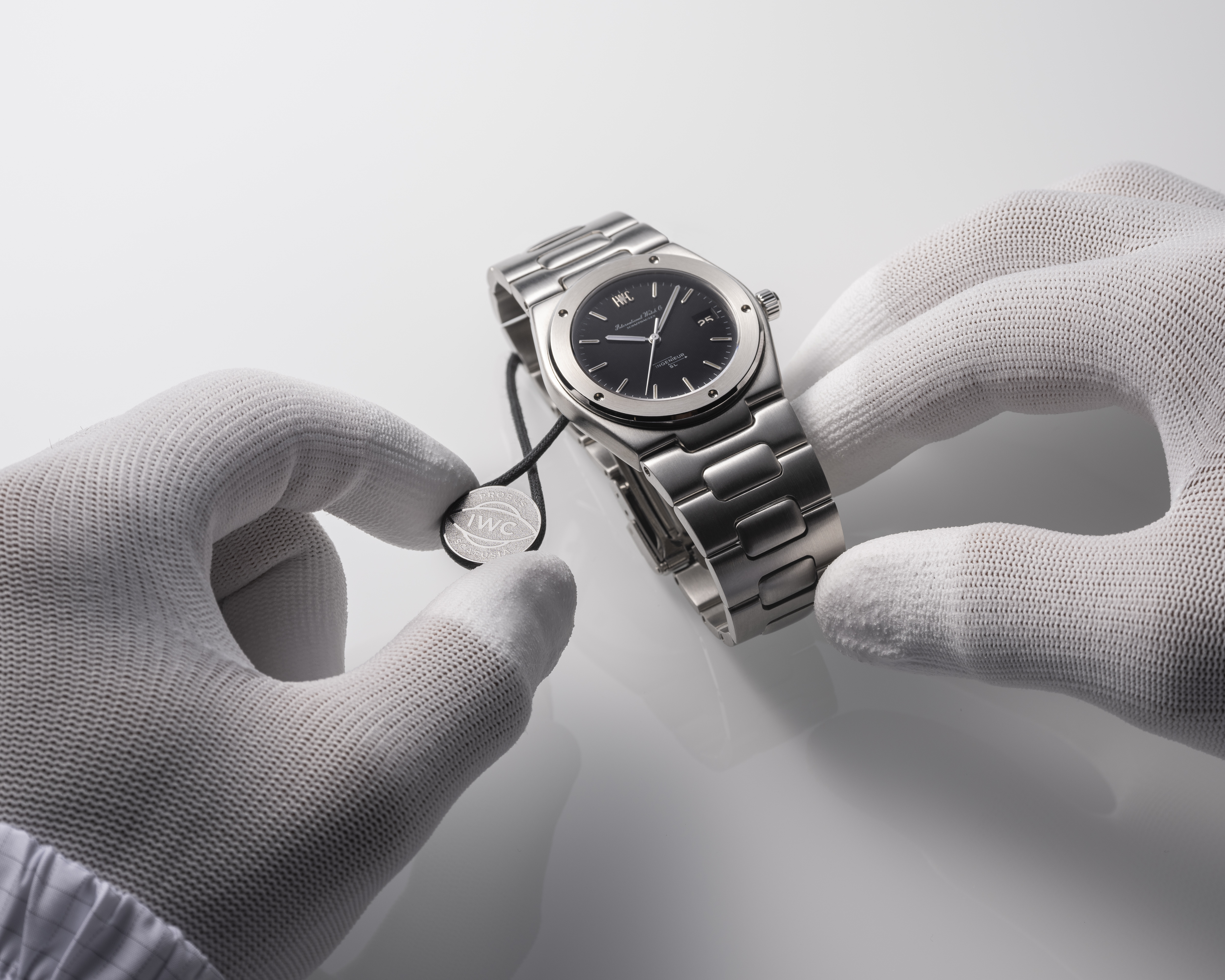

Let’s set the scene: You want to buy a rare and beautiful vintage watch in great condition, but, with a myriad sites and sellers out there, you’re worried that what you’re about to purchase isn’t the real deal, or that you’re overpaying. Wouldn’t it be great if your second-hand timepiece came with some kind of guarantee, or a warranty like a brand new watch?
Over the last few years, major watch brands and independent artisans alike have realised that the booming vintage watch market and their reputation for quality means buyers will come to them for scarce models that have been properly serviced and authenticated. Plus, there’s something special about the fact that these repairs are being done by the people with direct access to the brand’s archives — sometimes even working from the same machines and at the same benches that turned out the watch the first time round.
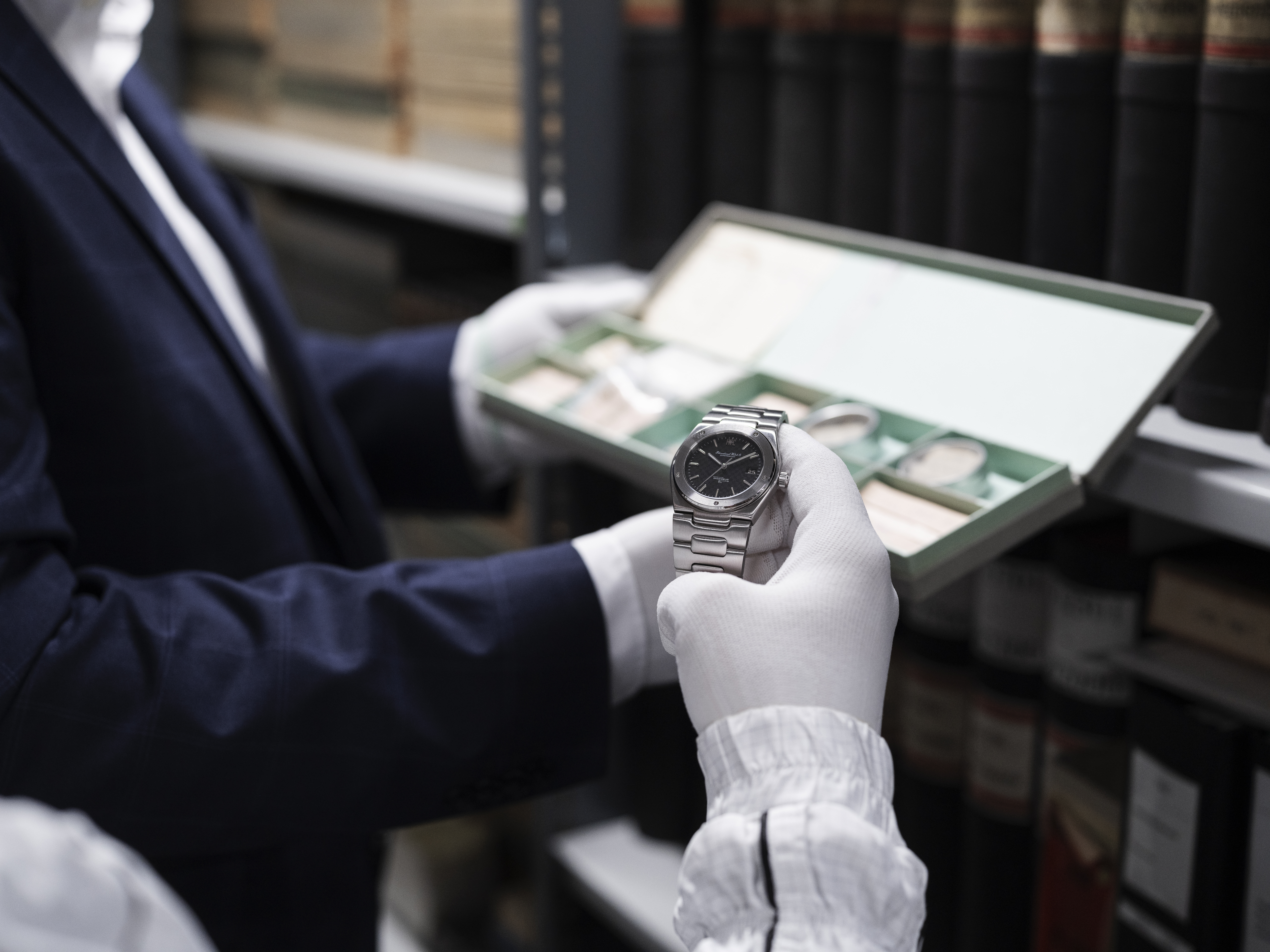
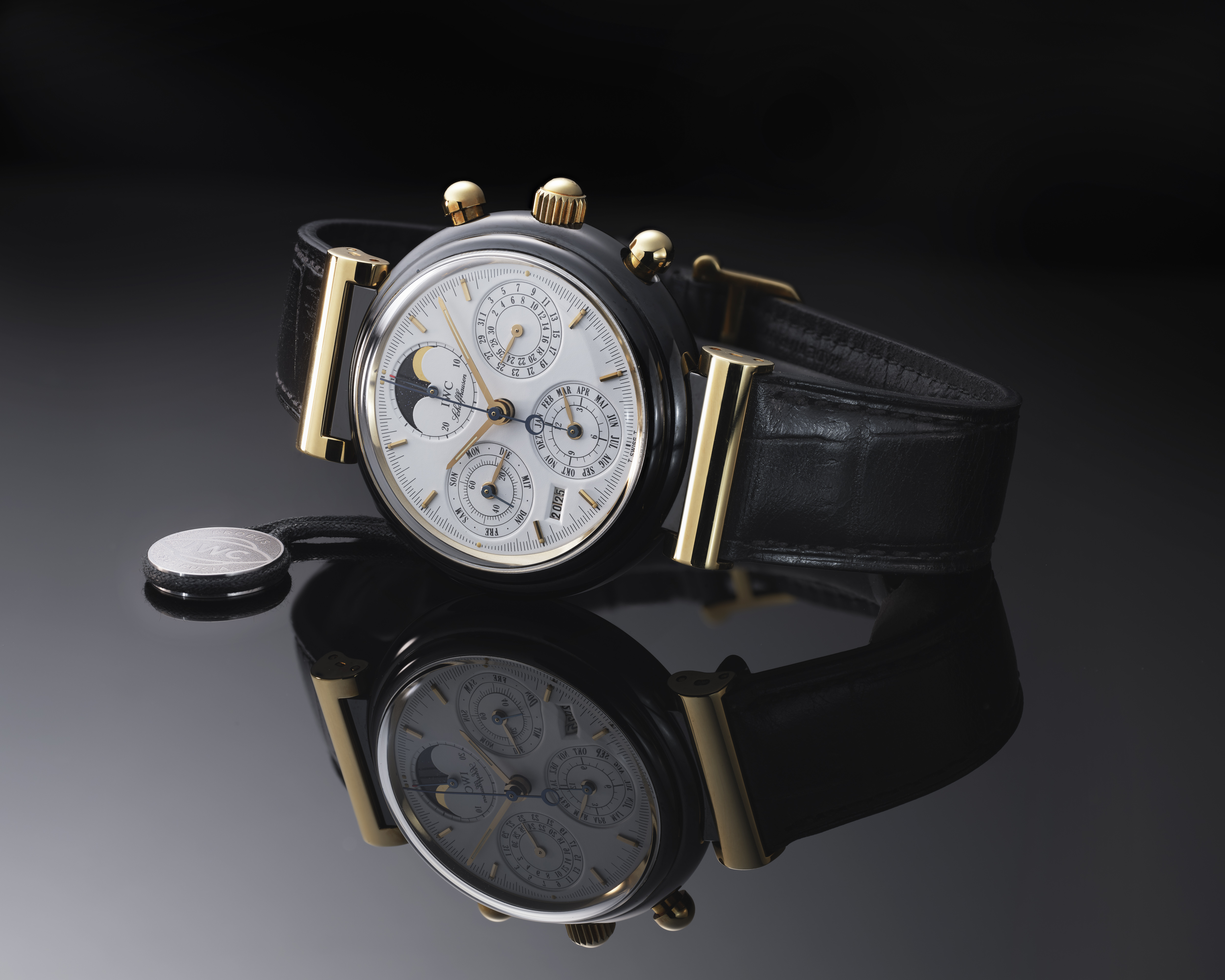
IWC is the latest major brand to announce this kind of offering —joining sister companies Vacheron Constantin and Jaeger-LeCoutre, Longines and Nomos Glashutte — and it’s called ‘IWC Curated’. The carefully curated collection of vintage watches is available at selected boutiques around the world, in London, Tokyo, Dubai and IWC’s home town of Schaffhausen.
The appeal is simple: you get the very best examples of cult classics or forgotten gems, and someone else has done the hard work of finding and fixing it. The flip side is that you will pay significantly more than the going market price for the same watch. IWC’s argument will be that no-one else can sell you the same peace of mind or sympathetic restoration. There is a limit, as well, on how many watches will ever be available — unlike the hundreds you can find online — because the programme is restricted by the manpower in IWC’s servicing department.
‘It's not big scale, but the most important thing is that the customer can trust us,’ says IWC’s museum curator David Seyffer. ‘We have a lot of spare parts, but on the other hand we have three watchmakers. They are trained in restoration, so if we don’t have a part they make a new one.’
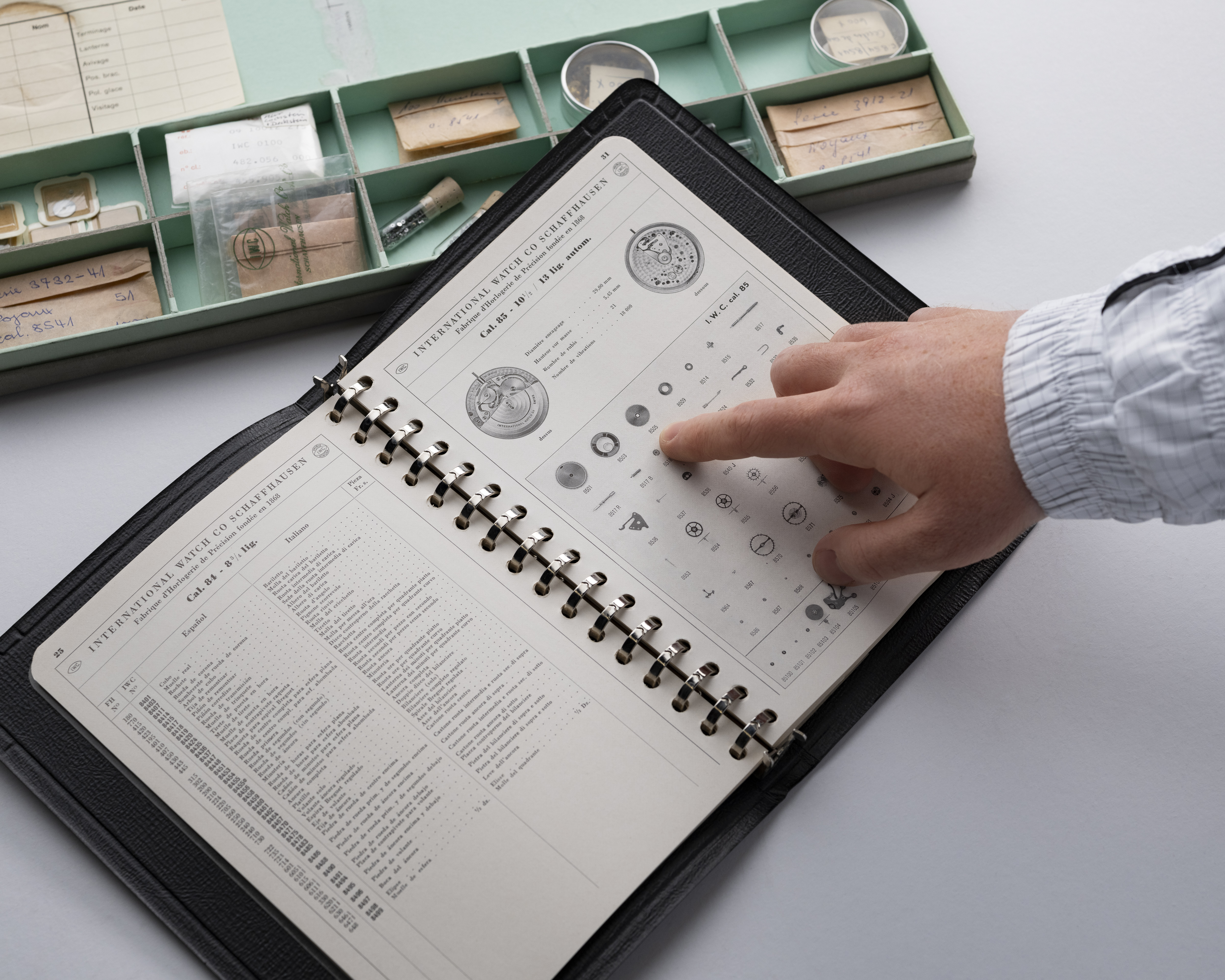
The watches themselves speak to IWC’s rich, 157-year-old history. David’s job is, in part, to take a sort of ‘greatest hits’ approach, so while he’s adamant the collection could in theory contain 19th century pocket watches at some stage, for now it focuses on what’s hot. That means original Ingenieur SLs from the late 1970s, and the ever-popular Mk 11 pilot’s watch, used extensively by the RAF from the 1940s right up until the 1980s. It will include beautiful Aquatimer dive watches — dainty by today’s standards — and forgotten rarities from the recent past, such as the limited edition Big Pilot’s. Perhaps most on-trend are the ceramic Da Vinci perpetual calendars from 1985 — groundbreaking watches from a time when the industry was emerging from a decade of strife and struggle — and the watches IWC made for Porsche Design in the 1970s and 1980s, whose titanium bracelets still have a sci-fi, futuristic feel.
David, though, prefers the classics. ‘For elegance, I would have to say the 1950s and 1960s. There are some very pure, three-hand dress watches, and you have the Caliber 89, which some journalists say is one of the best hand-wound movements ever made.’ Fortunately, for us, he’s not allowed to reserve the best finds for himself (so if you’ve always wanted a mint-condition original Portugieser you might just be in luck). However, he is duty-bound to submit anything truly unique to the brand’s museum. There are still something things that are just too precious to wear.
Exquisite houses, the beauty of Nature, and how to get the most from your life, straight to your inbox.
Chris Hall is a freelance writer and editor specialising in watches and luxury. Formerly Senior Watch Editor for Mr Porter, his work has been published in the New York Times, Financial Times, Esquire, Wired, Wallpaper* and many other titles. He is also the founder of The Fourth Wheel, a weekly newsletter dedicated to the world of watches.
-
 The pink granite chateau that the Cointreau family built in the Loire Valley is for sale at £3.5 million
The pink granite chateau that the Cointreau family built in the Loire Valley is for sale at £3.5 millionThe great country seats of the Guinness family have an equivalent over the Channel, where the chateau built by the Cointreau family is on the market.
-
 Quiz ahoy! Even these gorgeous mice have been waiting for the Country Life Quiz of the Day, November 21, 2025
Quiz ahoy! Even these gorgeous mice have been waiting for the Country Life Quiz of the Day, November 21, 2025From school reports in South America, it's all in today's Country Life quiz.
-
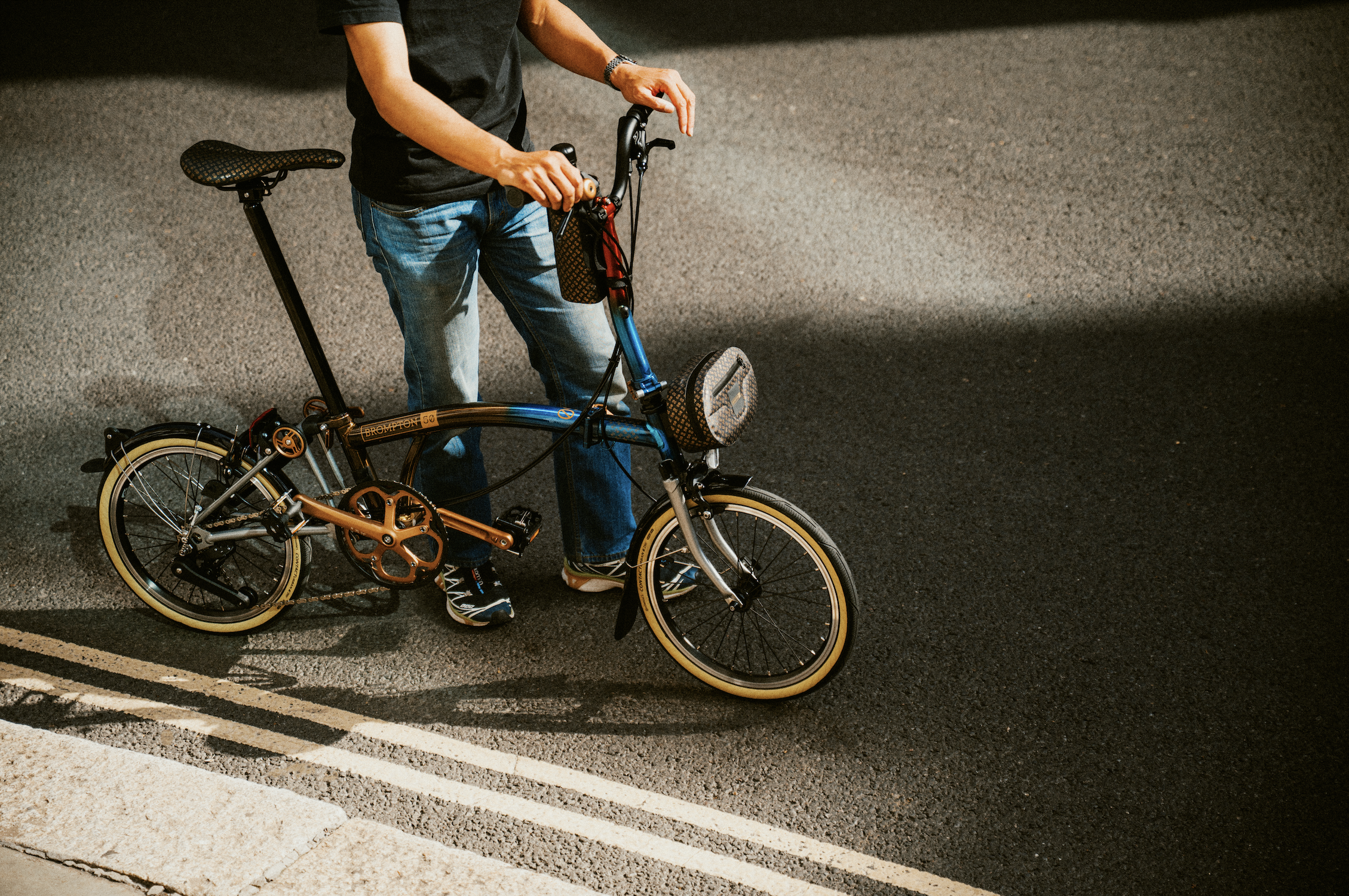 Better than Ozempic? 50 years of the Brompton bicycle
Better than Ozempic? 50 years of the Brompton bicycleOwen Wilson, James May and most of the middle-aged men and condescending hipsters you know love them. As the iconic folding bike turns 50 Lotte Brundle hops on one with the company's CEO.
-
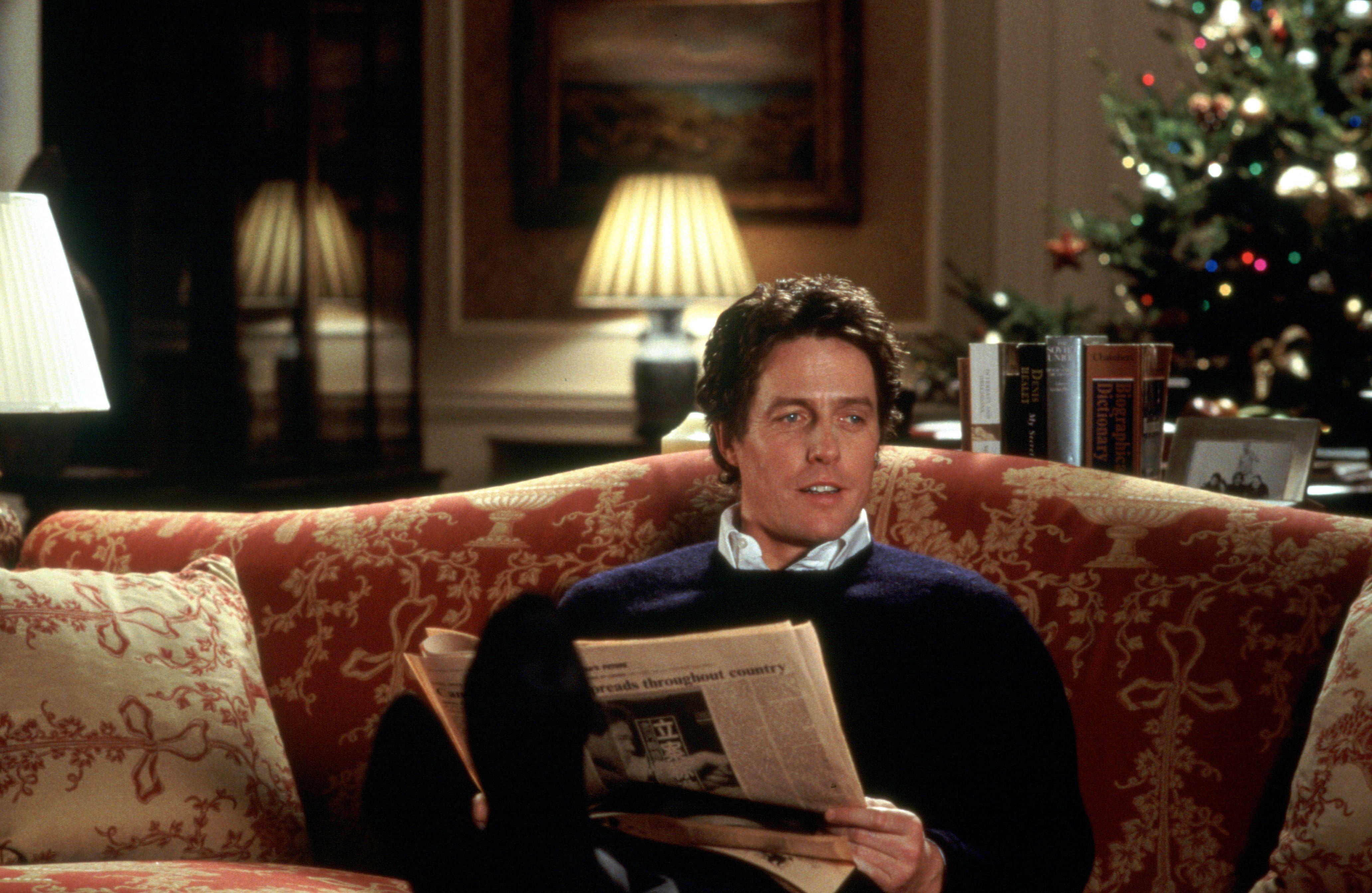 Ho Ho House of Commons: A simple guide to the best Westminster gifts, featuring a duck that is also Big Ben, a cat called Attlee and an infamous jumper
Ho Ho House of Commons: A simple guide to the best Westminster gifts, featuring a duck that is also Big Ben, a cat called Attlee and an infamous jumperThe House of Common’s gift shop has got everything from a plushie of Attlee, the Speaker’s miserable looking cat, to a rubber duck that pays tribute to the mighty work of the Suffragettes.
-
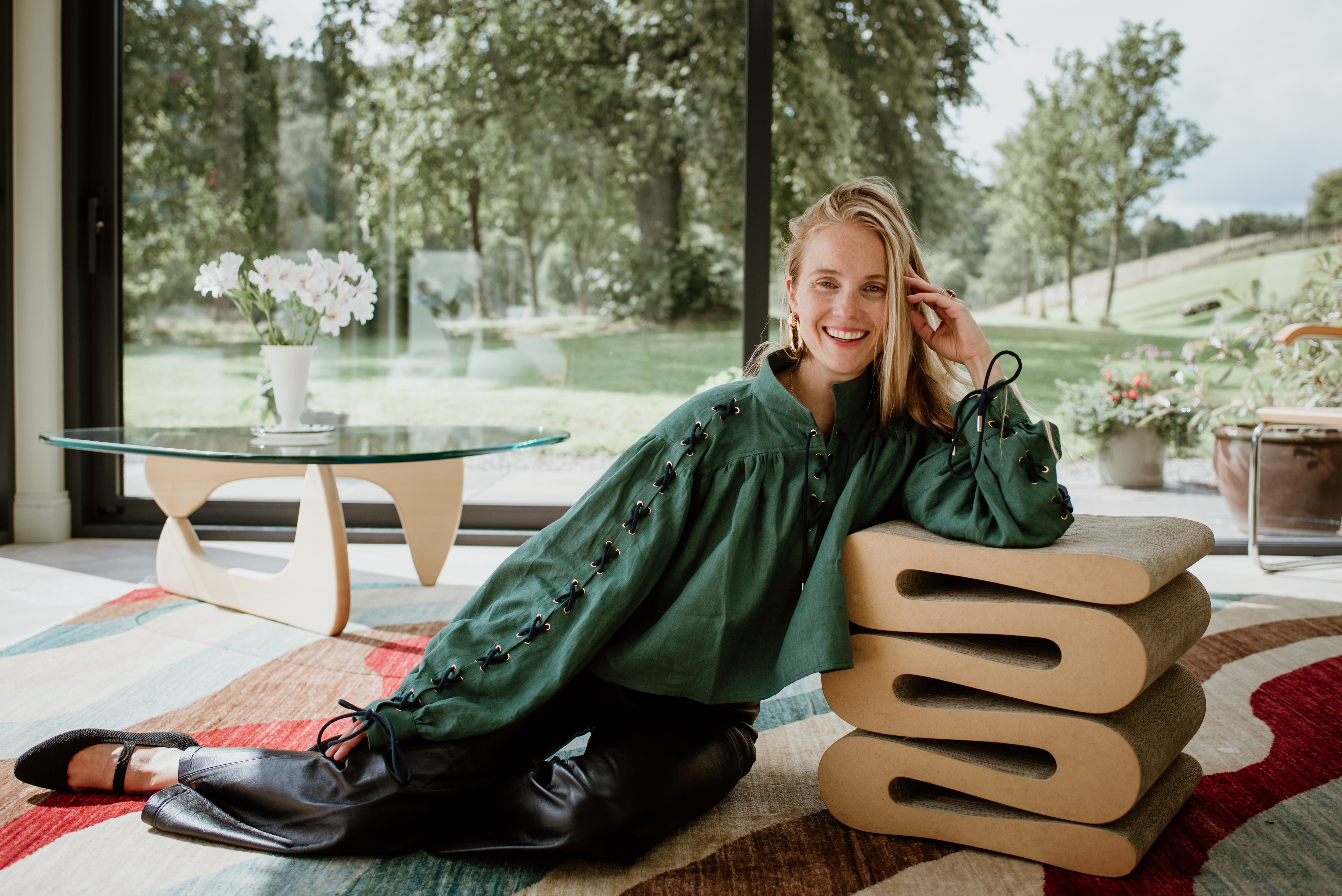 ‘I 100% always knew that I was going to do something creative’: Petra Palumbo on her design house, love of Scotland and consuming passions
‘I 100% always knew that I was going to do something creative’: Petra Palumbo on her design house, love of Scotland and consuming passionsThe London ‘It Girl’ turned Scotland-based designer makes tiles with men’s torsos and Henry hoovers on them, has a pug called Raisin and is married to the 16th Lord Lovat Simon Fraser. She chats to Lotte Brundle.
-
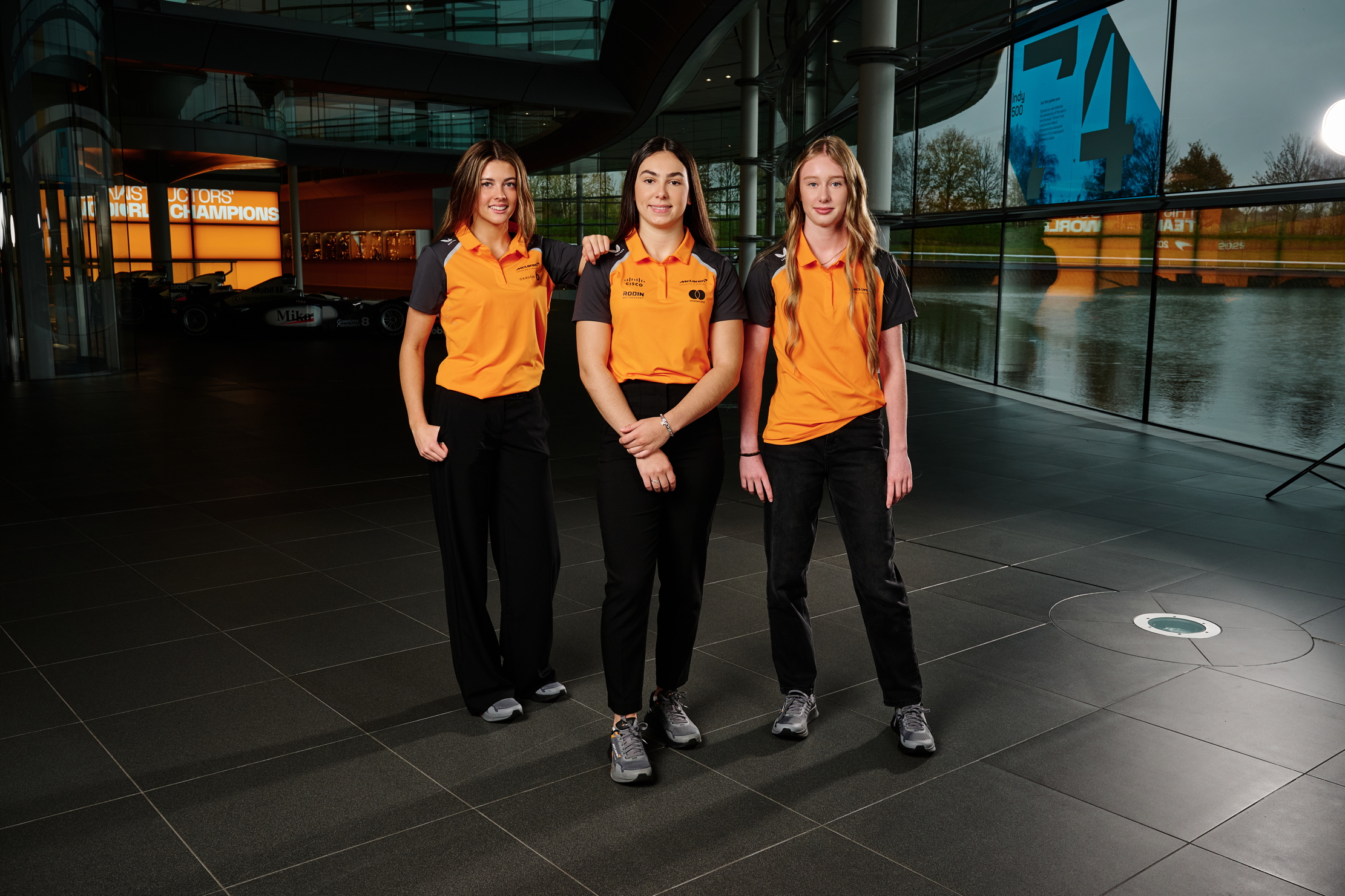 McLaren's three Ellas and the future of motorsport
McLaren's three Ellas and the future of motorsportMcLaren is rewiring the pipeline for women, on track and across the motorsport landscape
-
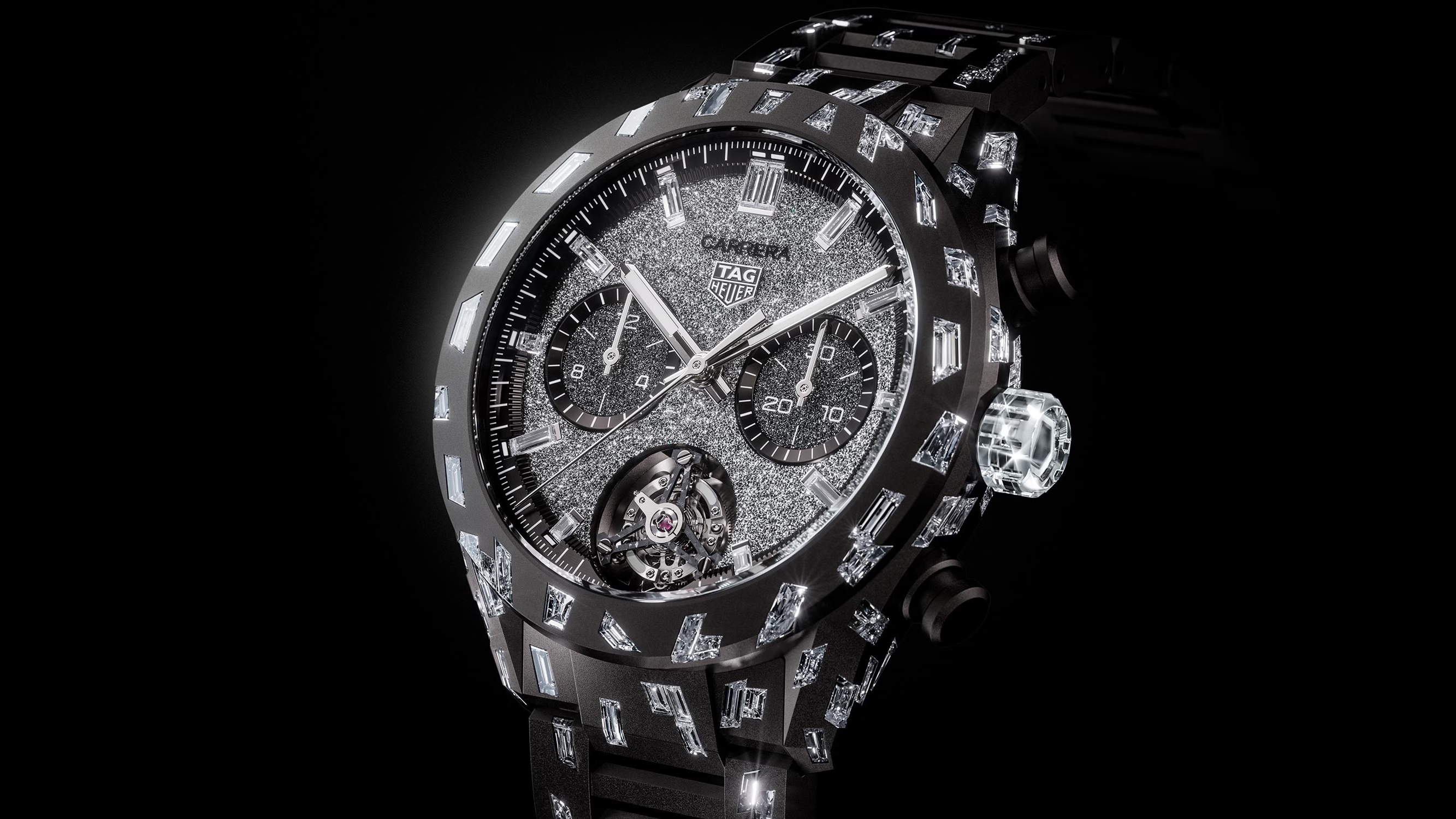 The real deal: Can you tell the difference between mined and synthetic diamonds?
The real deal: Can you tell the difference between mined and synthetic diamonds?And would you buy a watch studded with laboratory-made ones?
-
 The wine stash of one of Switzerland’s most secretive billionaires is up for auction
The wine stash of one of Switzerland’s most secretive billionaires is up for auctionA selection from the personal cellar of the late Jörg G. Bucherer is for sale via Sotheby’s. Highlights include double magnums of Petrus, a case of Lafleur 1990, nine cases of Clos de Tart and six 12-bottle cases of Domaine Leroy.
-
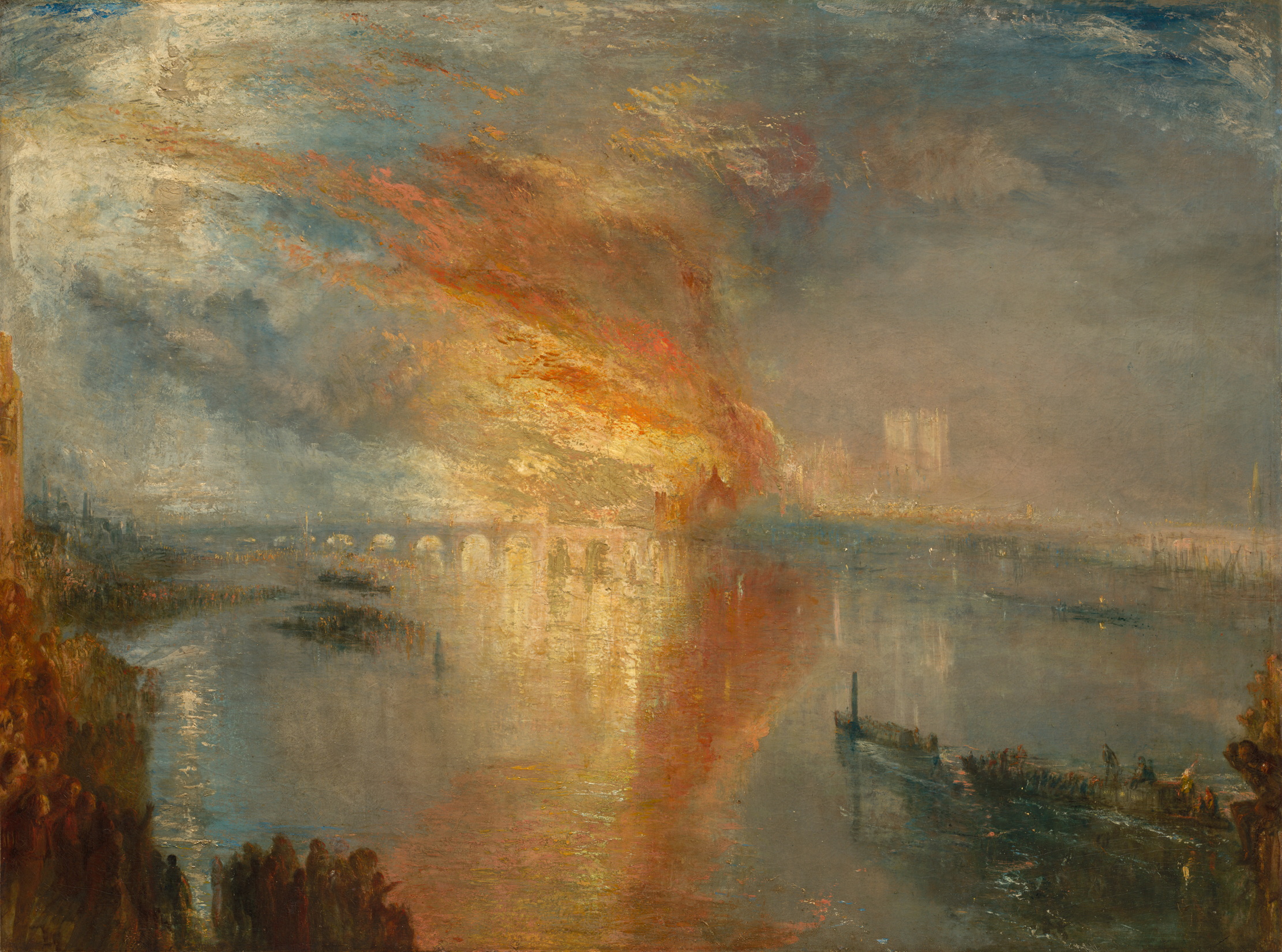 Who won the rivalry between Turner and Constable? It was us, the public
Who won the rivalry between Turner and Constable? It was us, the publicA forthcoming exhibition at Tate Britain that revives the rivalry between these two 19th century painters sheds new light on their relationship.
-
 Audi has been designing icons for 60 years. Here are some of the best
Audi has been designing icons for 60 years. Here are some of the bestFrom the first Quattro, to the TT and the R8, Audi has always been able to turn a head. Adam Hay-Nicholls, our man in Rioja, explains why.
